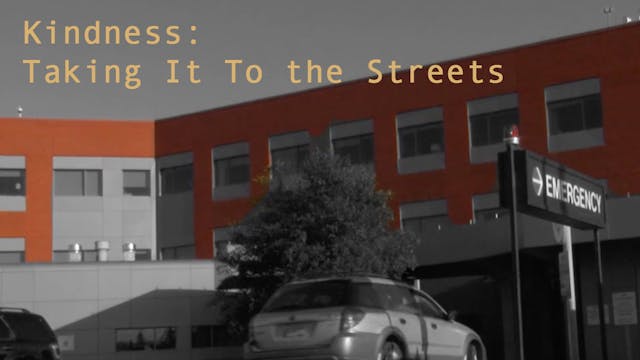How We See Water
Environment and Society
•
25m
This film follows the lives of two young women, Juana Gomez Ramirez and Rosa Maria Hernandez, in San Cristobal de las Casas, Mexico, as they grow from girls to young women and struggle to fulfill their dreams of obtaining an education while also serving a vital role in earning a living for their families. The survival of children in indigenous Chiapian Mexico is both fragile and resonant with community. Working with the guidance of several San Cristobal organizations, Melel Xojobal and the Na Bolom Museum, Starbuck filmed with these young girls and their families for over four years. Structurally, ‘How We See Water” utilizes both realistic and non-realistic devices and a shifting temporal emphasis throughout. The film combines footage of Chiapan life with animation, interviews, and dance. Both the visual and aural components of this film seek to interrogate conventional narrative structure and how this is represented in documentary film. In uncoupling the relationship between sound and image, the film attempts to capture an essence of place, history, and personal struggle, rather than communicating these directly.
“Robin Starbuck is an avant-garde New York filmmaker and video artist whose work examines the ways images are used to inform, insinuate, provoke, and intrigue. Her experimental documentary, "How We See Water" explores the intersections of indigenous history and contemporary life in Chiapas, Mexico through the lives of two young women who work to gain their independence through education. Ruminative, but with an undercurrent of urgency, the film seeks to illuminate the struggles, joys, and contradictions in these young women's lives through the visual experiences that attend them.” Paden Douglas
Up Next in Environment and Society
-
Four Keeps Dakáake
This short essay film is based on Crow/Apsaalooke tribal cosmology in which wind characterizes one of the four cardinal points and when called upon represents for the tribe a powerful blessing in endurance and return. In this film dakaake (Apsaalooke for bird) signifies both wind and child. A non...
-
Kindness: Taking It To the Streets
The scales of social justice do not always tip equally. There are members in society who fall through very wide cracks, and without love and kindness and caring, their climb out of darkness can be slippery at best. This 27-minute film shows the positive differences being made by caring people in ...


